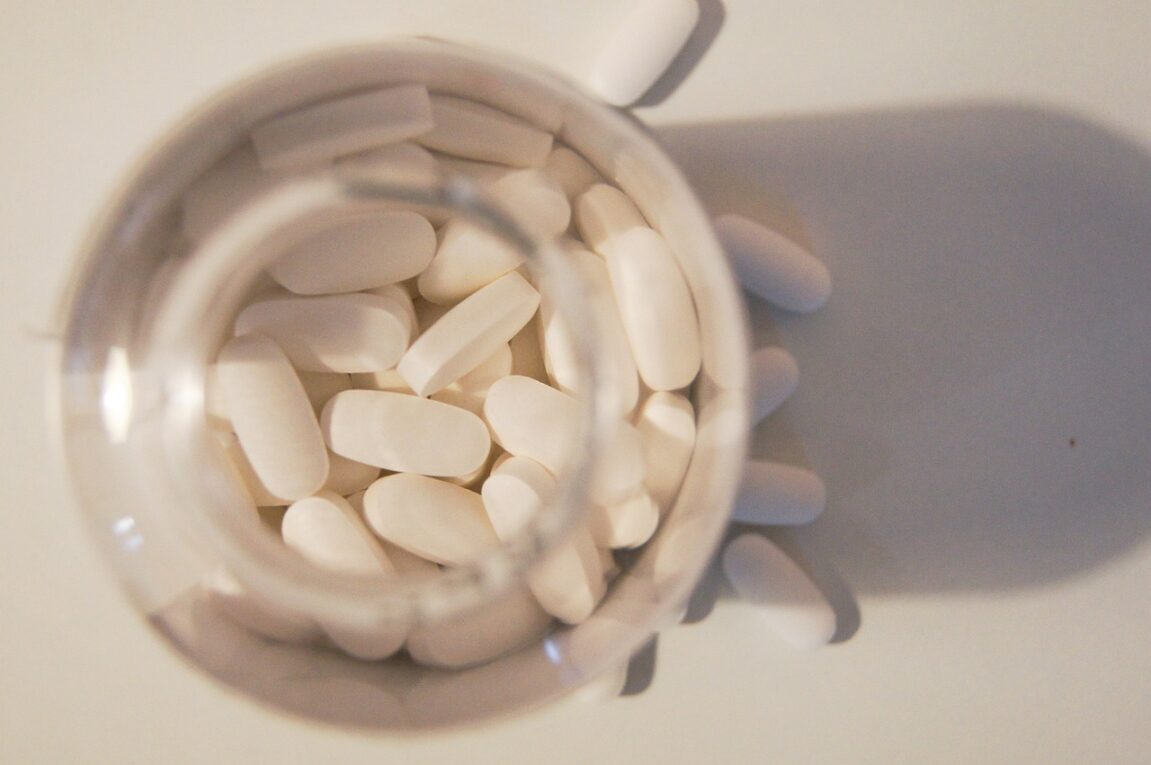Molybdenum is a trace element with symbol Mo and atomic number 42 in the Peroidic Table. It is vital to nearly all of the Earth’s life forms. Human beings are no exception, and a deficiency of molybdenum can cause health problems that include rapid heartbeat, headache, mental health problems and even coma.
Food Sources of Molybdenum
Fortunately, Molybdenum is found in unfiltered water, as well as a wide variety of foods, including beans, cheese, grains, leafy green vegetables, nuts and organ meats such as liver.
Because the amount of Molybdenum found in plant-based foods varies according to the amount of the substance in the soil, a few areas of the globe have less than optimal levels of Molybdenum in locally grown food. However, Molybdenum deficiency is very rare in humans. The exception is in the case of individuals who must be fed entirely through a vein for a prolonged period of time.
Molybdenum in the Body
Molybdenum helps your body to maintain a healthy state by breaking down substances in the body, including proteins. Your body can store Molybdenum for a limited time for future use, but most of the Molybdenum you eat is eliminated through your urine.
Although Molybdenum is known to be necessary for proper health and well-being and is currently being studied for use as a treatment for a large number of medical conditions, more research must be done before it becomes an accepted medical therapy.
Health Benefits of Molybdenum
Molybdenum is an essential trace mineral that plays several important roles in the body.
One area that appears especially promising is the use of Molybdenum in the treatment of Wilson’s disease, which is a genetic disease that causes Copper to build up in the body, eventually causing damage to the liver and brain.
Other areas that are being explored are the treatment of inflammatory diseases and even some types of cancer. Reduced levels of Molybdenum in the diet of some populations have been linked to increased rates of cancer of the esophagus and stomach.
Some other potential health benefits of molybdenum include:
Enzyme activity: Molybdenum is a cofactor for several enzymes involved in essential biochemical processes in the body, including sulfur metabolism, detoxification of certain harmful substances, and the conversion of purines to uric acid.
Detoxification: Molybdenum is involved in the detoxification of sulfites, which are preservatives commonly found in processed foods, as well as other sulfur-containing compounds. It helps convert sulfites into sulfates, which are less harmful to the body.
Antioxidant activity: Molybdenum may have antioxidant properties, helping to neutralize harmful free radicals and reduce oxidative stress in the body. This antioxidant activity may contribute to overall health and reduce the risk of chronic diseases.
Healthy metabolism: Molybdenum is involved in the metabolism of carbohydrates, fats, and proteins, playing a role in energy production and nutrient utilization. It helps convert carbohydrates into glucose, which is the body’s primary source of energy.
Dental health: Molybdenum may play a role in dental health by contributing to the formation and maintenance of tooth enamel. It helps regulate the mineralization process, which is essential for strong and healthy teeth.
Molybdenum Recommended Dosage
The National Institute of Medicine has set the recommended daily allowance (RDA) at 45µg (Mcg or micrograms) a day for adults. Teenagers need 43 Mcg a day, children from nine to 13 years old need 34 Mcg a day, children from four to eight years old need 22 Mcg a day and very young children from one to four years old need 17 Mcg a day. Pregnant or lactating women need 50 Mcg per day.
Most people in the western world meet these requirements through their diets alone.
Although these amounts are sufficient to prevent Molybdenum deficiency, at this time no one knows what levels are necessary for optimal health. However, there is no scientific evidence that taking more is helpful for healthy people, and too much Molybdenum is known to have harmful effects.
Always take care when taking herbs and Read Our Disclaimer.
Molybdenum Notes / Side Effects
It’s important to note that while molybdenum is essential for health, most people obtain an adequate amount of this mineral through a balanced diet. Molybdenum deficiency is rare and typically only occurs in individuals with specific medical conditions or dietary restrictions. As with any nutrient, it’s essential to consume molybdenum in appropriate amounts to avoid deficiencies or excesses, and consulting with a healthcare professional can provide personalized recommendations based on individual health needs.
Although two milligrams of molybdenum a day is considered the tolerable upper intake level for adults, research is still needed before anyone can say for certain that this amount is safe. Safe levels for children, teenager and pregnant or lactating women are certainly even lower. Additionally, high levels of dietary molybdenum or workplace exposure to molybdenum has been linked to the development of gout and the worsening of symptoms for people who already have gout.
References:
Brewer GJ, Askari F, Dick RB, et al. Treatment of Wilson’s disease with tetrathiomolybdate: V. Control of free copper by tetrathiomolybdate and a comparison with trientine. Transl Res. 2009;154(2):70-77.
Chan S, Gerson B, Subramaniam S. The role of copper, molybdenum, selenium, and zinc in nutrition and health. Clin Lab Med 1998;18:673-85.
Food and Nutrition Board, Institute of Medicine. Dietary Reference Intakes for Vitamin A, Vitamin K, Arsenic, Boron, Chromium, Copper, Iodine, Iron, Manganese, Molybdenum, Nickel, Silicon, Vanadium, and Zinc. Washington, DC: National Academy Press, 2002.
Huang B, Zhao Y, Sun W, et al. Relationships between distributions of longevous population and trace elements in the agricultural ecosystem of Rugao County, Jiangsu, China. Environ Geochem Health. 2009;31(3):379-390.
Lv J, Wang W, Krafft T, Li Y, Zhang F, Yuan F. Effects of several environmental factors on longevity and health of the human population of Zhongxiang, Hubei, China. Biol Trace Elem Res. 2011;143(2):702-716.
Nouri M, Chalian H, Bahman A, et al. Nail molybdenum and zinc contents in populations with low and moderate incidence of esophageal cancer. Arch Iranian Med 2008;11:392-6.
Teksam O, Yurdakok M, Coskun T. Molybdenum cofactor deficiency presenting with severe metabolic acidosis and intracranial hemorrhage. J Child Neurol 2005;20:155-7.
Vyskocil A, Viau C. Assessment of molybdenum toxicity in humans. J Appl Toxicol 1999;19:185-92.



Leave a Reply